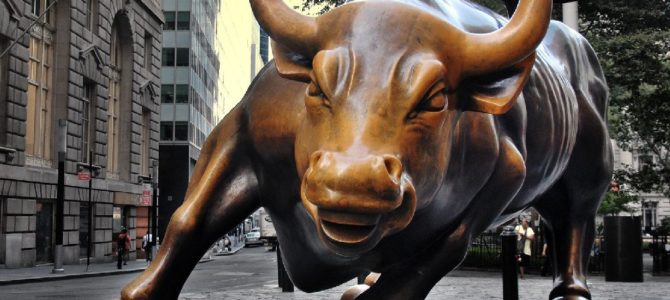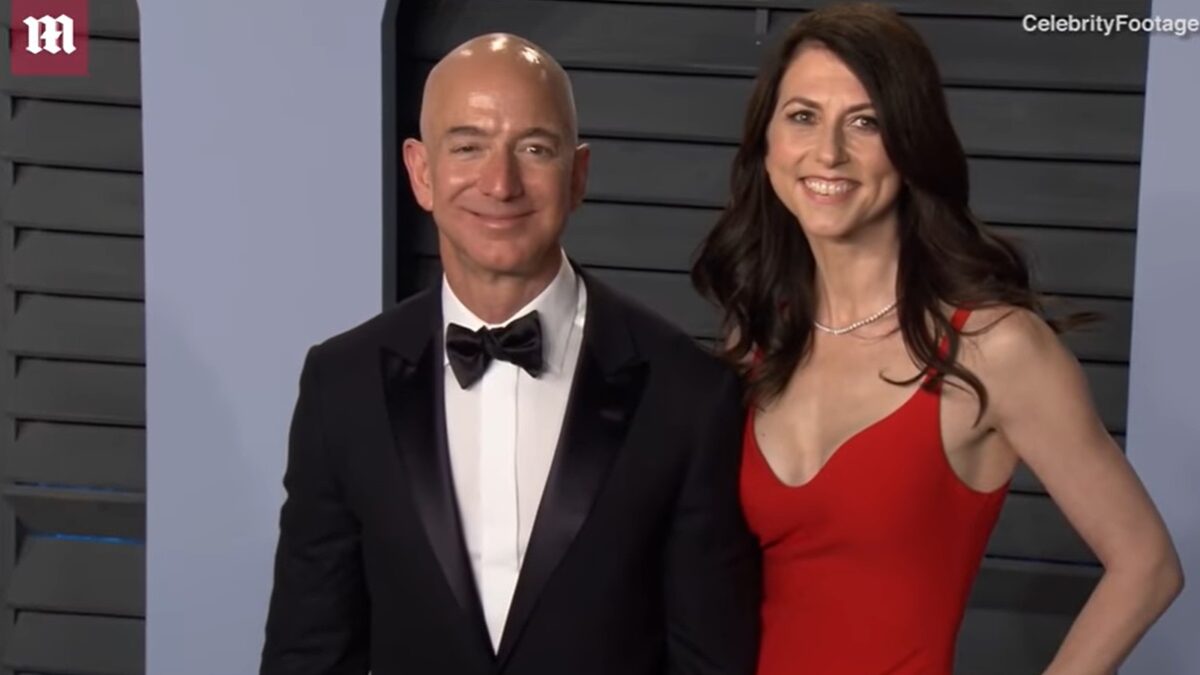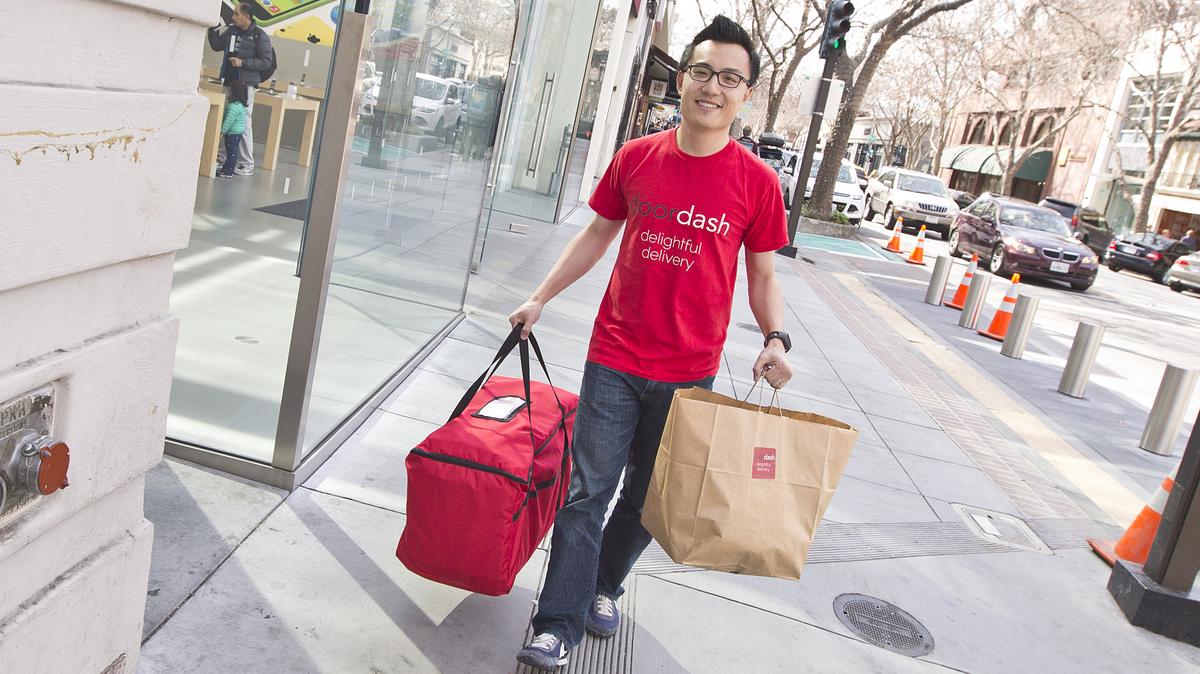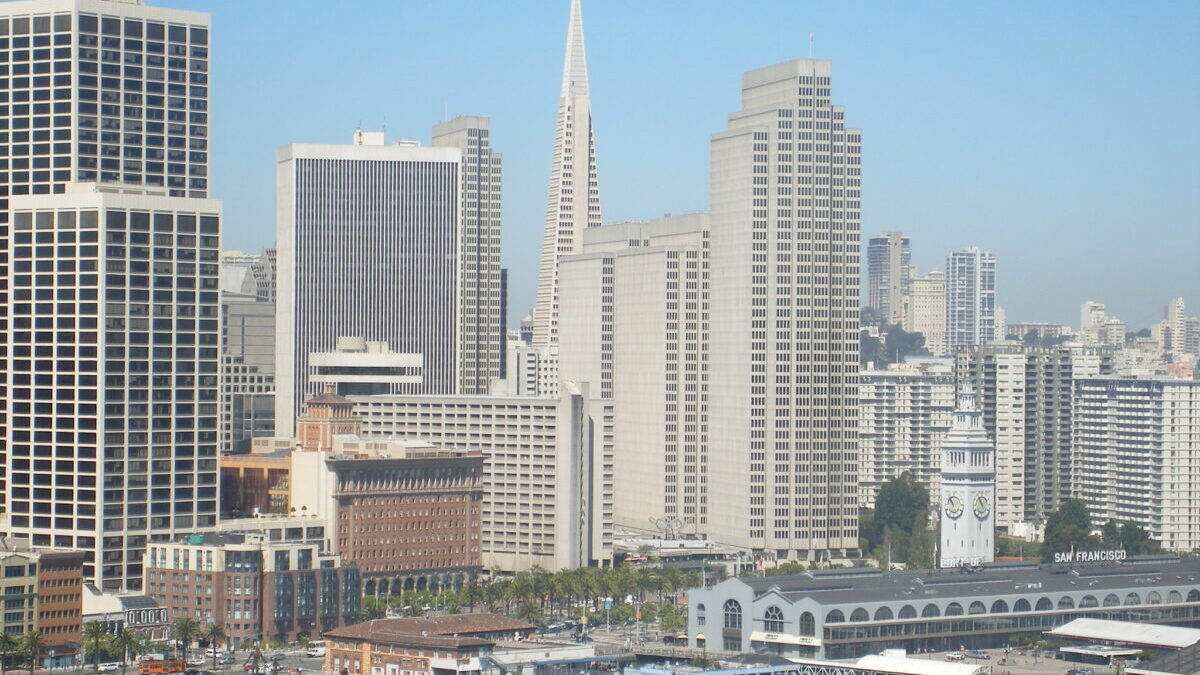
The Trump Trade is back on. Before the lights were turned out on the Dow 20,000 party, the index poked its head above 21,000. Dating back to 1896, the Dow, which is short for Dow Jones Industrial Average, is our oldest stock market index. It currently consists of 30 of the strongest, most dominant corporations, which Wall Street refers to as blue chip stocks. When these 30 corporations do well, their share prices rise and the Dow’s point value increases. They appear to be doing exceedingly well, but a recent student research project laid bare several inconvenient truths.
In the second quarter of the school year, I introduce the mid-term project to my high school investing classes. Students choose among a list of archrivals and compare their performance. There’s Coke versus Pepsi, of course, and Home Depot versus Lowes. There’s Verizon versus AT&T and even Carnival versus Norwegian Cruise Lines. As presentations got underway, one concerning slide after another appeared on the big screen.
“That chart shows Coca-Cola’s last three years’ of revenue is declining,” I thought. “Could that be right, or did the students reverse the order of the numbers?” Company financials at sites at Yahoo!, Google, and CNBC do show the most- to least-recent annual data from left to right. It would be an understandable oversight. Then it happened again, this time with McDonalds. It was time to dive into their financials in search of answers.
I examined the last five years of income statements of each of the 30 Dow components with the objective of answering a simple question: Were their revenues in the most recent year higher than they had been five years prior? Keep in mind that 2012 through 2016 was a crisis-free period of modest economic growth here and abroad. By measuring revenue we can determine if a business is growing or declining. Further, revenue is much less subject to manipulation than down-the-line figures such as net income and earnings per share.
These Reliable Corporate Titans Are Shedding Profits
The findings were an eye-opener. Exxon’s revenue plunge of 46.26 percent was stunning, but topped by Chevron’s dive of 52.21 percent. Apparently, this is what happens when oil prices collapse. Merck’s revenue skid of 15.92 percent made Pfizer’s revenue drop of 3.37 percent look positively strong. Their problem? The loss of patent protection on blockbuster drugs. In Merck’s case it’s Singulair and Vytorin. With Pfizer, it’s Celebrex and Lipitor.
The mighty IBM? Let’s chalk up its 23.53 percent revenue beat-down to the emergence of cloud computing, which obviates the need to purchase the company’s pricey mainframe computers. Stalwart General Electric? After its near-death experience as a bank dressed in conglomerate’s clothes, it decided to return to its industrial roots. It sold off NBC Universal, shed its appliances division, and dramatically downsized GE Capital. The damage? A 17.4 percent decline in revenue.
Then, there’s everyone’s bellwether, the one-company index Caterpillar. Through late 2016 it experienced a hard-to-fathom 50 consecutive months of retail sales declines. If we’ve learned anything thus far, it’s that there’s always a reason. Reason, thy name is Bucyrus. In 2010, Caterpillar purchased this maker of massive mining machines at the height of the commodities bubble, paying a premium for a company whose sales would begin to slide with commodity prices. CAT’s five-year revenue free-fall: 41.5 percent.
As previewed earlier, there’s no safety in top-five worldwide brand Coca-Cola, whose revenue decrease clocked in at 13.06 percent. Apparently, consumers are finally realizing sugar-laden drinks are not good for them. Even Goldman Sachs’ revenues were down 6.92 percent. Must be Dodd Frank.
Yet if there’s a type of corporation that should be able to grow reliably, it’s one whose fortunes are tied to the Earth’s increasing population. Makers of necessities such as soap, laundry detergent, and toothpaste, known as consumer staples, fit the bill. In this space, there is no bigger name than Procter and Gamble (P&G), the Dow component behind Tide, Gillette, Crest, Pampers, Charmin, and dozens of other household names. Yet from 2012 to 2014 it suffered year over year revenue declines, prompting the company in 2015 to sell 43 brands in its lagging beauty business. P&G’s total five-year revenue drop was a tidy 21.96 percent*.

Despite Revenue Slide, Share Prices Increase
Overall, 12 corporations saw revenue declines, four were flat (a revenue gain or loss of less than 1 percent) and 14 grew. More surprising than the widespread struggles these tallies reveal is that from Wall Street to Main Street, it rates a yawn. Why? Corporations’ share prices have decoupled from the fortunes of their businesses. Indeed, of the 12 corporations showing revenue declines, the share prices of nine were higher at the end of the five-year period than before. For example, while P&G’s revenues were slipping badly, its stock was rising 31.74 percent.
How does decoupling occur? McDonald’s provides a template. In 2016, it paid dividends totaling $3.56 per each share outstanding. Based on the late 2016 share price of $112.82, investors are earning 3.16 percent annually on their McDonald’s investment, even if the share price fails to rise. Raising the dividend every year, as McDonald’s has done, places a floor under the share price.
Next, the engineers reduce the size of the ownership base, preferably at a pace that is at least as fast as revenues and net income are falling. The following table is illustrative:

Revenue has fallen an aforementioned 10.7 percent. Net income fared worse, sinking 14.10 percent. But the finance department met the challenge, busily taking shares out of circulation by purchasing them from current shareholders. The 160 million** McDonald’s bought back over the last five years has shrunken the number remaining in investor hands by 15.57 percent. As a result, its 2016 earnings of $4.69 billion is higher per share currently outstanding than earnings of $5.46 billion were five years earlier. When profits per share grow, whether organically or through these machinations, investors bid up the price of the shares.
Where does McDonald’s get the money needed repurchase shares? It remains a profitable corporation, between 2012 and 2016 achieving operating cash flow of $33.42 billion. However, it repurchased $23.44 billion and paid dividends of $15.52 billion, for a total payout of $38.96 billion. Payouts over the five-year period exceeded cash generated by $5.54 billion. So, what gives?
To keep the repurchases going, corporations just borrow the money. Between 2012 and 2016, McDonald’s’ long-term debt rose from $13.63 billion to $25.88 billion, providing more than enough cash to cover the shortfall we identified above, but saddling the company going forward.
That no one in the know really cares companies are executing this game plan for artificial prosperity over and over reflects the mercenary nature of our capital markets. Who is going to argue with a rising dividend and share price? Not the executives, whose compensation is based on share price. Not Wall Street, which is only too happy to pick up fees for facilitating the issuance of more debt. Not shrewd investors, who are only too happy to ride the share price higher, comfortable with the knowledge that should the corporation hit the wall and no longer be able to generate sufficient cash to carry its debt, they can hit sell and have forgotten about it by their next Starbucks run.
While many corporations are achieving prosperity artificially, of the thousands that are publicly traded more than a few are actually growing their revenues and net income. It might be a good idea to begin your investing research there.
The author has no financial interest in any of the corporations or indexes mentioned.
All data was sourced at MarketWatch.com, retrieved between February 28, 2017 and March 12, 2017 (unless otherwise noted), and summarized in the first table of this article. The fiscal years of all corporations in the table are from January to December*. January 3, 2012 was the first day stock markets were open in 2012. The five-year ending stock price was moved up from December 31, 2016 to November 7, 2016 to avoid the effects of the presidential election.
* P&G’s fiscal year runs from July to June. Its five-year share price change was measured from 7/1/11 to 6/30/16.
** As McDonald’s own share repurchase information was not available for 2016, the change in fully diluted shares outstanding over the five-year period was used as a proxy.









